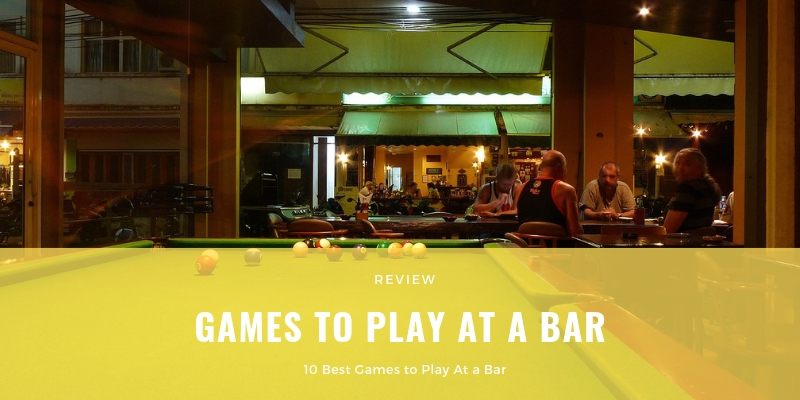
Master Bartending with Expert Tips and Insights
Cocktail recipes, bar equipment reviews, bartending techniques, industry trends, and bar management tips
Cocktail recipes, bar equipment reviews, bartending techniques, industry trends, and bar management tips